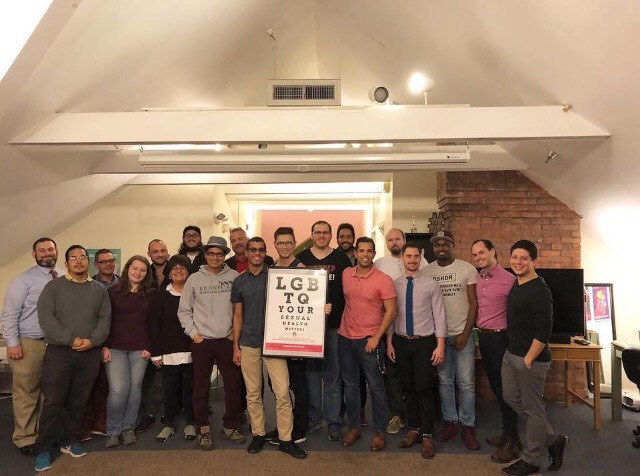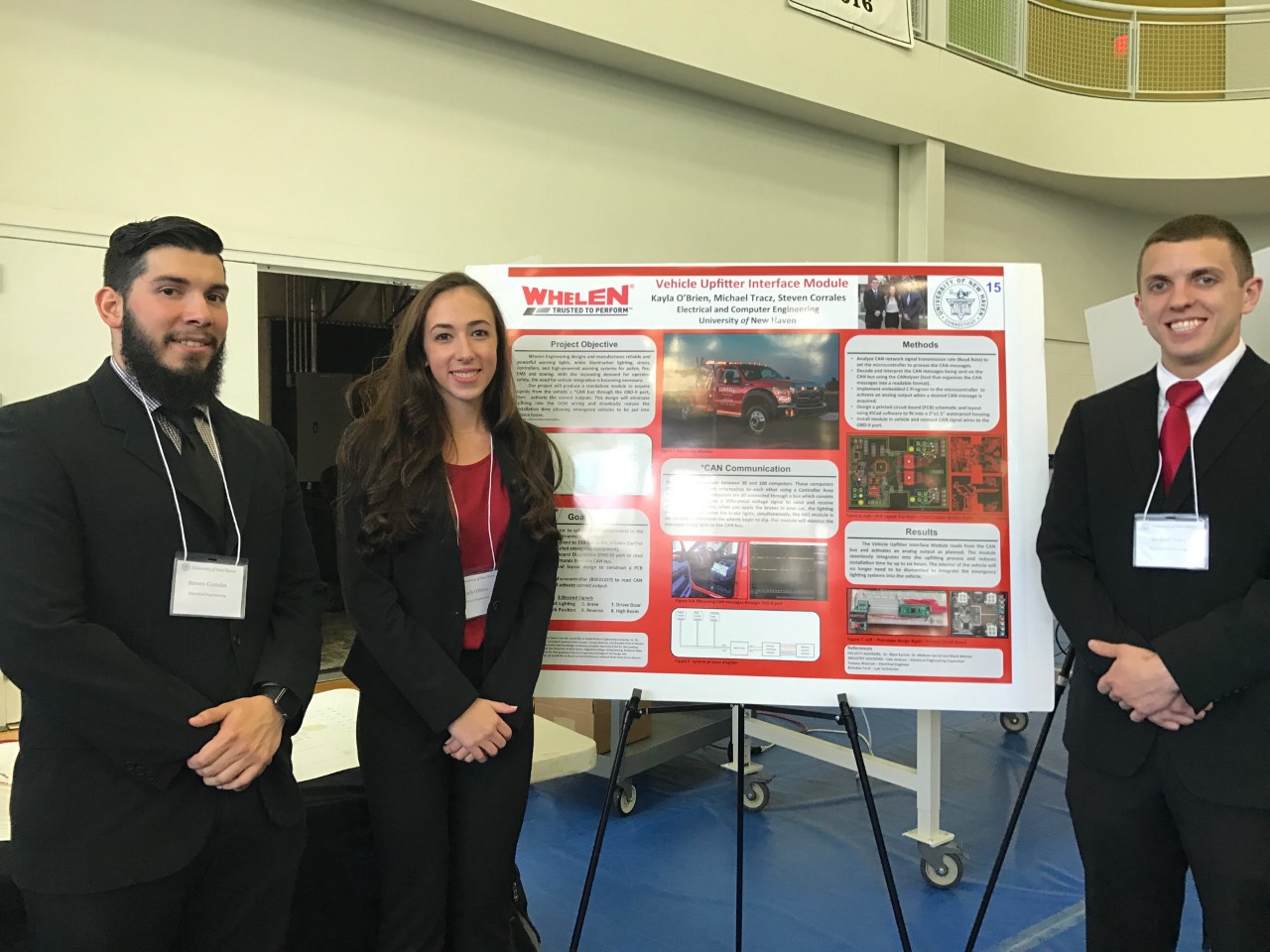WASHINGTON – Google Inc. is road-testing cars that steer, stop and start without a human driver, the company says.
The goal is to “help prevent traffic accidents, free up people’s time and reduce carbon emissions” through ride sharing and “the new ‘highway trains of tomorrow,’” project leader Sebastian Thrun wrote Saturday on Google’s corporate blog.
The cars are never unmanned, Thrun wrote. He said a backup driver is always behind the wheel to monitor the software.
It’s not the first signal that Google wants to change how people get from place to place. In a speech Sept. 29 at the TechCrunch “Disrupt” conference, Google CEO Eric Schmidt said “your car should drive itself. It just makes sense.”
“It’s a bug that cars were invented before computers,” Schmidt said.
The cars have traveled a total of 140,000 miles on major California roads without much human intervention, according to Google’s corporate blog.
The Mountain View, Calif.-based technology giant has sent seven test cars a total of 1,000 miles without a human touching the controls at all, the New York Times reported. The newspaper published a report on the cars earlier Sunday.
The cars know speed limits, traffic patterns and road maps, Thrun’s posting says. They use video cameras, radar sensors and lasers to detect other cars.
Driving between Northern California and Southern California, the cars have navigated San Francisco’s curvy Lombard Street, Los Angeles’ Hollywood Boulevard and the cliff-hugging Pacific Coast Highway, the blog says.
Engineers consider the cars safer because they react more quickly than humans, the New York Times said. It said Google has not revealed how it hopes to profit from the research.
The company is flush with cash, though, and pushing numerous projects such as the cars that are unrelated to its core business, said Rob Enderle, principal analyst with the Enderle Group in San Jose, Calif.
“The word ‘focus’ is a word Google has never learned,” Enderle said, pointing to projects involving electricity distribution, vehicle design and artificial intelligence. He said cars that can drive themselves would allow commuters more time to surf the web, something Google would encourage.
Still, Enderle said, industry leaders such as Volkswagen and Intel Corp. are working on similar technology. He said “driverless” vehicles will make computers more like the robots imagined in the 1920s, rather than the tabletop data processors we use today.
The blog says the technology is being developed by scientists who were involved in an earlier set of unmanned car races organized by the government’s Defense Advance Research Projects Agency.








